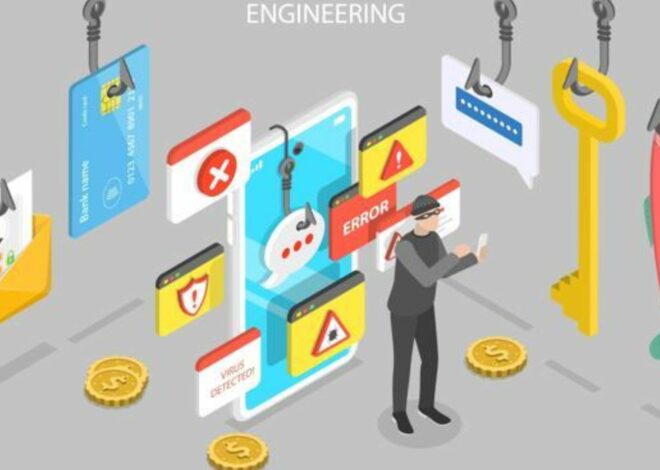
Ransomware: The Future of Cybercrime?
In the ever-evolving landscape of cyber threats, ransomware has emerged as a menacing force. As technology advances, cybercriminals are becoming increasingly sophisticated, and ransomware is at the forefront of their arsenal. But what does the future hold for ransomware and its impact on our digital lives? Let’s delve into this pressing issue of the future of cybercrime and explore the potential scenarios.

The Evolution of Ransomware
The journey of ransomware from its humble beginnings is nothing short of remarkable. Initially, it was a rather straightforward scheme: infiltrate a victim’s computer, encrypt their precious files, and then demand a ransom for the elusive decryption key. However, the ingenuity of cybercriminals knows no bounds, and they swiftly recognize the immense potential of this malicious tool. As a result, they embarked on a relentless journey of refinement, continually enhancing their tactics to create a menace that has become ever more insidious and pervasive in the digital world.
The Age of Encryption
Ransomware has now entered the age of encryption. Cybercriminals employ advanced encryption algorithms, making it nearly impossible for victims to regain access to their data without paying a ransom.
Double Extortion
One concerning trend in ransomware is the double extortion technique. In addition to encrypting files, cybercriminals steal sensitive data and threaten to publish it if the ransom isn’t paid. This adds another layer of pressure on victims.
Ransomware as a Service (RaaS)
Ransomware is no longer the exclusive domain of experienced hackers. RaaS platforms allow even those with minimal technical skills to launch ransomware attacks, opening the door to a broader range of threats.
The Growing Targets
Ransomware attacks have transcended traditional boundaries and are now targeting a wide range of entities. While individuals and small businesses were once the primary victims, larger organizations and critical infrastructure are increasingly in the crosshairs.
Critical Infrastructure
In recent years, ransomware attacks on critical infrastructure, such as power grids and healthcare systems, have exposed vulnerabilities that could have far-reaching consequences.
Government Entities
Government agencies have also fallen victim to ransomware attacks. These incidents not only compromise sensitive data but also disrupt essential public services.
The Healthcare Sector
The healthcare sector, especially during the COVID-19 pandemic, has faced a surge in ransomware attacks. Disrupting healthcare services during a health crisis can have life-threatening consequences.
The Dark Web Economy
The future of ransomware is tightly intertwined with the dark web economy. Cybercriminals rely on the anonymity and ease of transactions on the dark web to operate. Here’s how this hidden ecosystem fuels the growth of ransomware:
Cryptocurrencies
Cryptocurrencies like Bitcoin are the preferred method of ransom payment due to their anonymity. This enables cybercriminals to receive payments without being easily traced.
Ransom Negotiations
The dark web provides a platform for ransom negotiations. Victims can communicate with cybercriminals and negotiate the terms of their ransom, fostering a disturbing level of professionalism in the world of cybercrime.
The Future Scenarios
As we peer into the future, several scenarios emerge:
AI-Powered Ransomware
It’s possible that AI-driven ransomware could become a reality, making attacks even more efficient and devastating.
Ransomware Regulations
Governments and international bodies may enact stricter regulations to combat ransomware, potentially leading to more coordinated global efforts against cyber criminals.
Increased Cybersecurity Awareness
Heightened awareness and proactive cybersecurity measures might make it more challenging for ransomware attacks to succeed.
Final Thoughts
In conclusion, ransomware’s future is uncertain, but one thing is clear: it poses a significant and evolving threat. To stay ahead of cybercriminals, individuals, businesses, and governments must remain vigilant, adapt to new threats, and invest in robust cybersecurity measures. The future of cybercrime is, to a large extent, in our hands.


